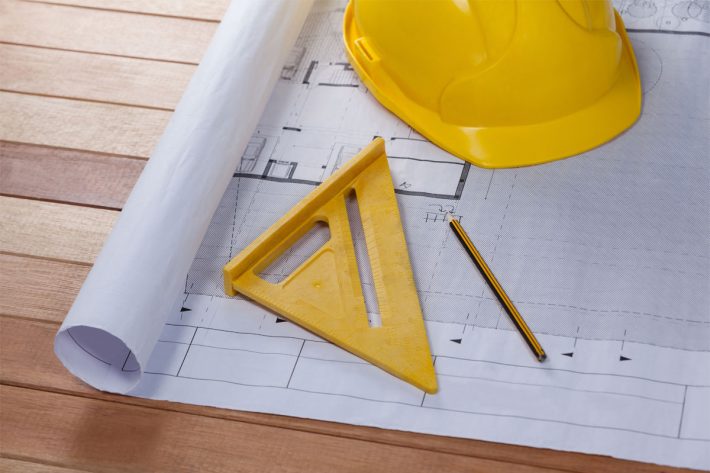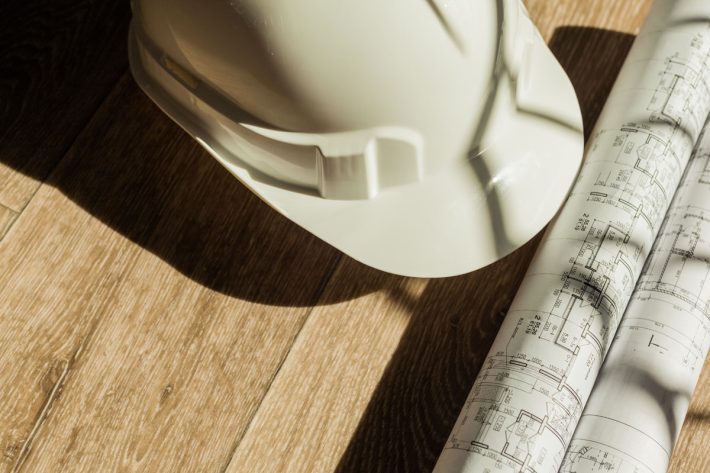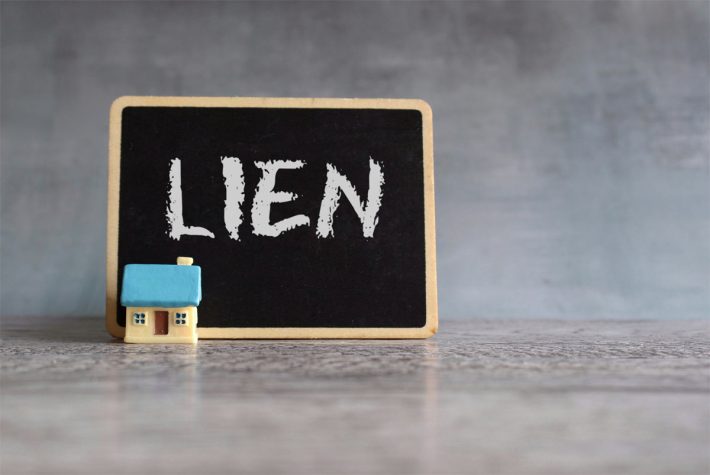Putting A Lien On A House In 5 Steps
When an individual owes you money and you do not receive a payment, there are several courses of action you can take. Sending letters demanding payment or hiring a collection agency can work, but if the efforts prove unsuccessful you can always file a lawsuit against the debtor. You can then use a court judgement…










